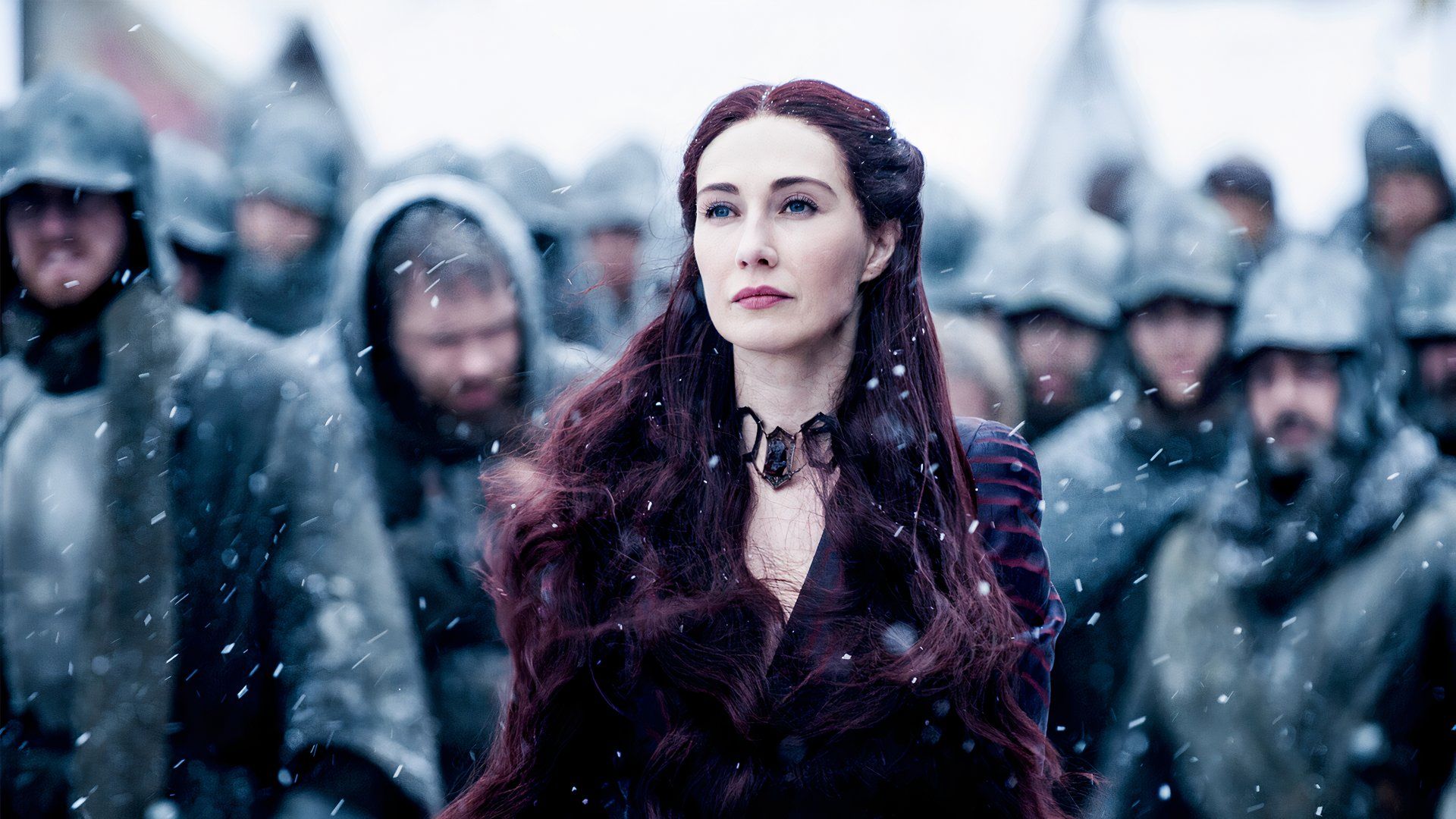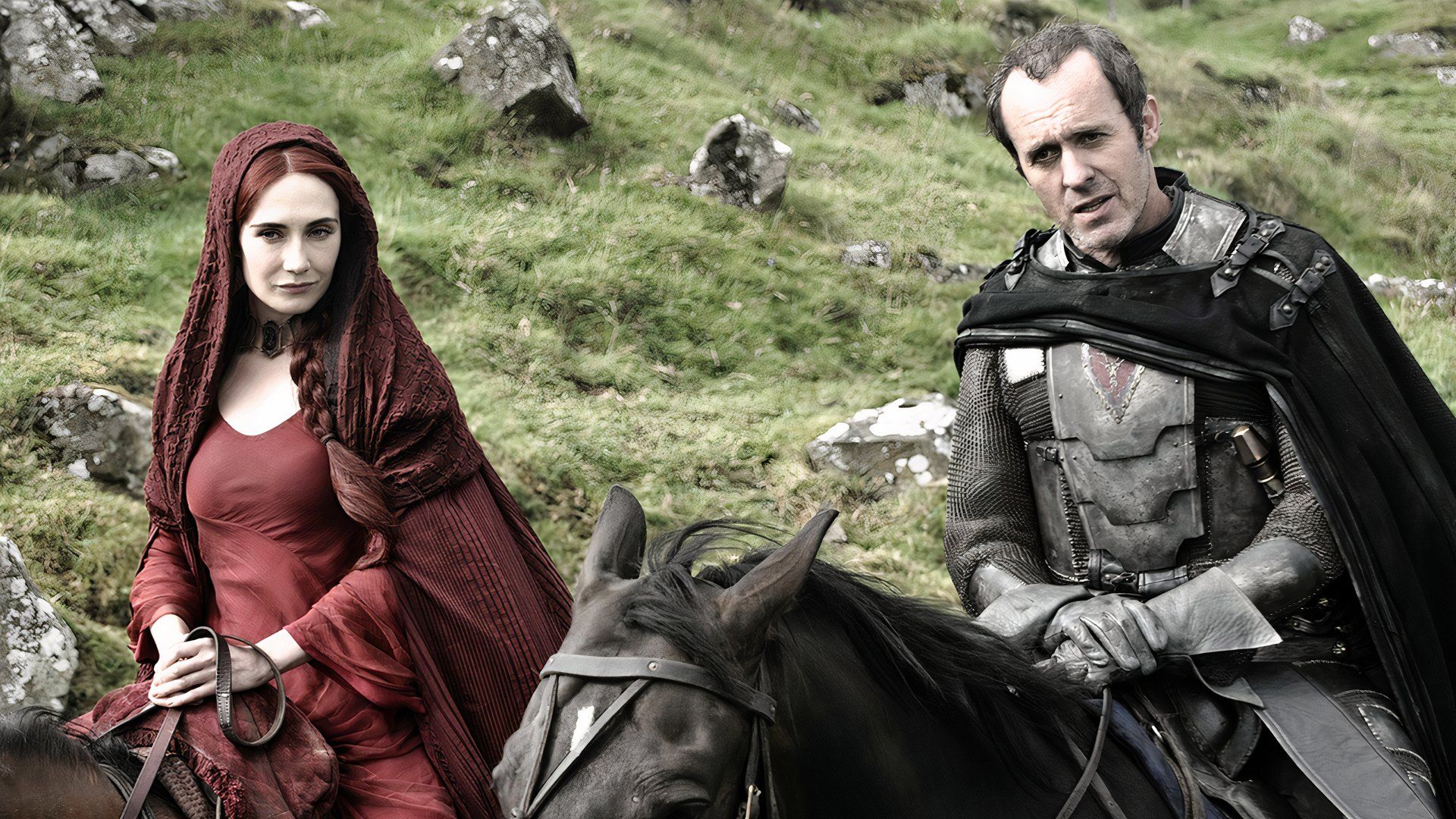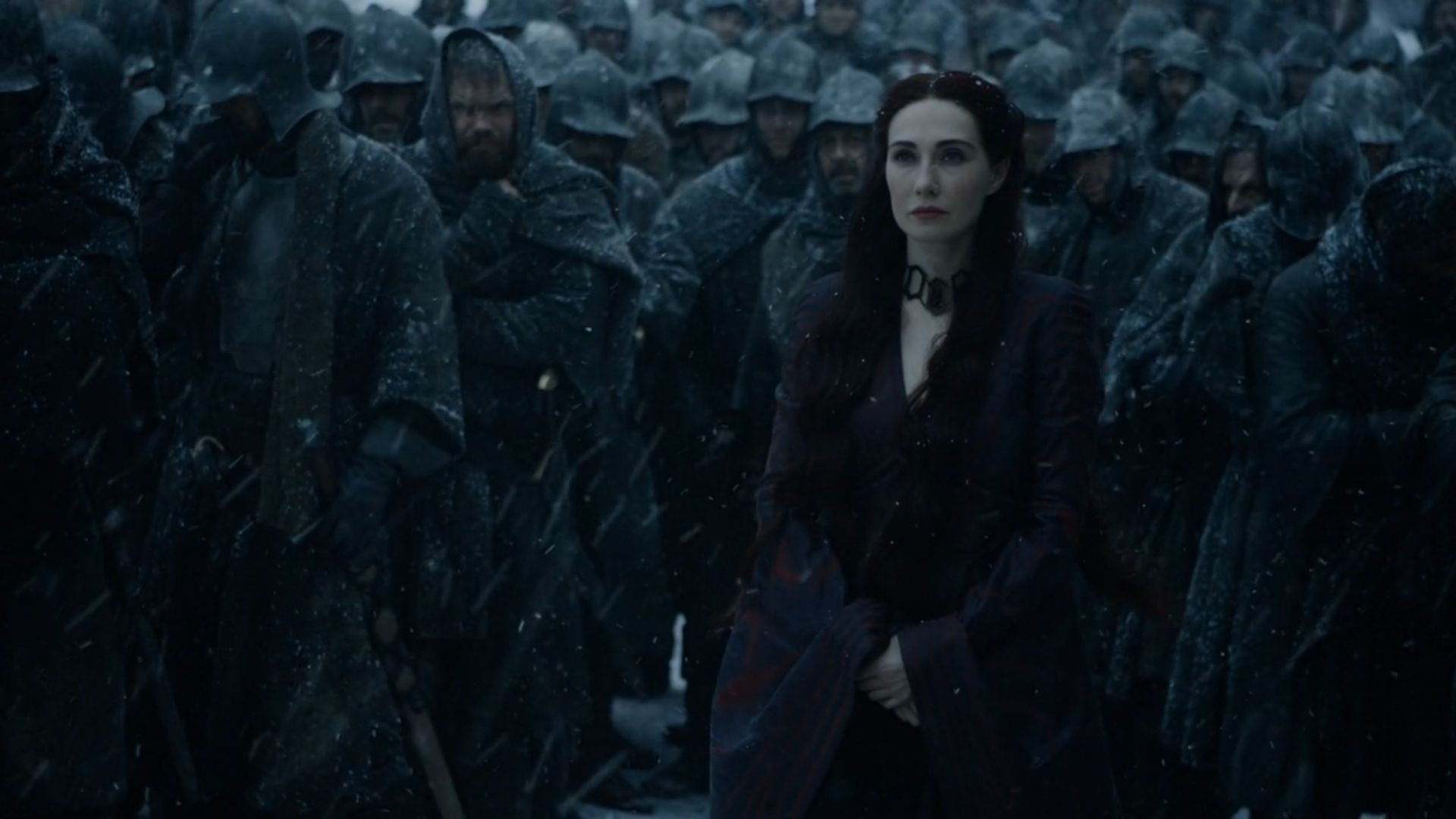
George R.R. Martin’s A Song of Ice and Fire novels are packed with characters and details, so the Game of Thrones TV show couldn’t include everyone. The show’s ending was particularly criticized by book fans who were disappointed that many storylines were left unfinished before the final season. While fans often complain about how the show portrayed Dorne and characters like Euron Greyjoy and Varys, some important characters from the books never appeared on screen at all, which ultimately restricted the show’s storytelling possibilities.
George R.R. Martin is often criticized for the delay of The Winds of Winter, but considering the huge cast of characters in his world, it’s not surprising it’s taking so long. In contrast, the Game of Thrones TV series had too few characters, which ultimately led to a simplified ending that lacked the intricate political maneuvering that defines Martin’s books. Each character removed from the story created a ripple effect, and one character in particular is central to a key storyline in the books.
Patchface Was Cut From ‘Game of Thrones’

HBO
Stannis Baratheon’s storyline begins early in Season 2 of Game of Thrones, mirroring the events of the second book, A Clash of Kings. We meet Stannis, his advisor Ser Davos Seaworth, and the priestess Melisandre, who are central to his arc. The books, however, feature additional characters in Stannis’s court, notably Patchface, a strangely unsettling jester. Patchface is visually striking, with a checkered green and red tattoo covering his face, making a strong and initially frightening impression.
Bryan Cogman, a writer for Game of Thrones who wrote the “Kissed by Fire” episode in Season 3, recently revealed he originally planned to introduce the character Patchface in that episode. However, because Shireen and Selyse Baratheon were also introduced in the same installment, Cogman decided adding Patchface too would overwhelm viewers with too many characters connected to Stannis. It’s unknown if the show ever considered bringing Patchface back later on.
The writers clearly hadn’t forgotten Patchface, the jester. They even had Shireen Baratheon sing lines directly from his rhymes in the books. George R.R. Martin created Patchface as an odd character who wandered around Dragonstone reciting strange and often confusing poems. Interestingly, readers have discovered that these seemingly nonsensical verses actually hint at important events and prophecies within the story. Here’s an example of what we mean:
A false omen, a royal death, a sign of bloodshed… but only imprisonment and hardship await those invited, and especially the groom. A grim fate indeed.
Looking back, it’s obvious that Patchface’s cryptic words foreshadowed the Red Wedding. The phrase ‘fool’s blood’ likely refers to Aegon Frey, a character not included in the show, while ‘king’s blood’ points to Robb Stark. ‘Blood on the maiden’s thigh’ alludes to Roslin Frey, and ‘chains for the guests and chains for the bridegroom’ indicates that characters such as Greatjon Umber and Edmure Tully were captured after the massacre.
I’ve been diving deep into everything Patchface said, and it’s amazing how much attention his ramblings are getting! He predicted a huge moment in the story, and everyone dismissed him at the time. Now, fans like me are carefully analyzing his words, hoping to find clues about what’s coming in The Winds of Winter and future books. Considering how important prophecies are in George R.R. Martin’s world, Patchface—this strange jester—has become a really important figure for us to pay attention to.
Patchface’s Absence Symbolizes 1 of ‘Game of Thrones’s Biggest Problems

Max
Many Game of Thrones fans disagree on when the show started to decline, but I believe it was the near-total removal of the magical and prophetic storylines. Prophecies like “The Prince That Was Promised” and “Valonqar” were fascinating parts of George R.R. Martin’s books, sparking tons of theories. More importantly, they gave the story a lot of deeper meaning. The show seemed hesitant to be labeled as fantasy, and in doing so, it lost a key element of what made Martin’s writing so compelling and relatable.
The prophecies in A Song of Ice & Fire aren’t about characters having magical foresight. Instead, they suggest a subtle mystical element exists, occasionally granting people unclear glimpses into the future. However, these visions are unreliable, and relying on them completely—like Melisandre—usually leads to negative consequences. House of the Dragon portrays this idea effectively through the character of Helaena Targaryen.
People have many theories about Patchface, from him being a god to something else entirely. It doesn’t really matter if he’s a significant figure or just a confused character speaking nonsense; his words create intriguing puzzles and make us wonder about the mysteries of the world. When A Song of Ice & Fire became Game of Thrones, the story shifted from traditional epic fantasy to something more like historical fiction with fantasy elements, and the loss of unique characters like Patchface is a real loss because of that change.
Read More
- BTC PREDICTION. BTC cryptocurrency
- One of Razer’s top gaming headsets — now over 40% off on Amazon
- Dark Auction launches January 29, 2026
- Yakuza Maker’s Next PS5 Game Gets a Brief Behind-the-Scenes Video
- Claim This Free PS5 Game in PS Store Cock Up
- ‘Back to the Future’ Returning to Theaters For 40th Anniversary
- Square Enix Invests in Nuuvem to Launch spawnd, a New Browser-Native Game Discovery Platform
- AKIBA LOST main visual, leading cast members revealed
- Assassin’s Creed Shadows’ Claws of Awaji Expansion Has Arrived on PS5
- Why Scheana Shay Kept Husband Brock Davies’ Affair a Secret
2025-11-10 05:03